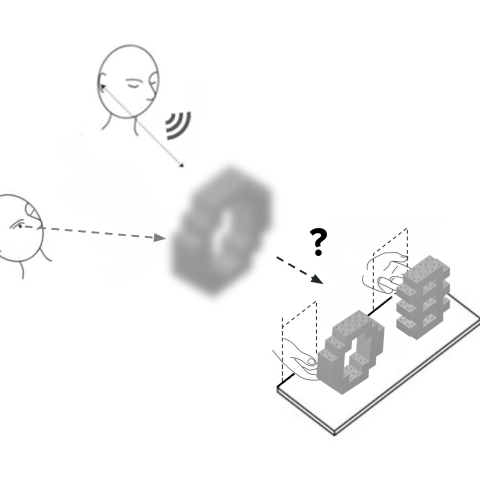
A Smith-Kettlewell study measuring object information available via echolocation was recognized with a Best Poster award at the 2021 Conference on Object Perception, visual Attention, and visual Memory (OPAM 29). Dr. Santani Teng, in collaboration with Dr. Amrita Puri and her lab at the University of Central Arkansas, presented blind echolocation practitioners with household-sized objects. After inspecting the objects echoically, participants identified them haptically, using only touch. A group of sighted observers then took part in a similar experiment, viewing brief, blurred images of those objects before distinguishing them haptically. By equalizing performance between the blind and sighted groups, the research team estimated the spatial resolution of the echoes, or how "blurry" they are in visual terms. This fundamental measure of a little-understood perceptual skill could help shape future strategies for echolocation training and calibrating echolocation-based artificial devices. The poster, "Interpreting sensation: Quantifying the bottleneck of information transfer between echolocation, vision, and haptic perception," was presented by Caroline Dacus and supported by Smith-Kettlewell, an E. Matilda Ziegler Foundation for the Blind grant to Dr. Teng, and UCA funds to Michael Ezeana and Dr. Puri.
